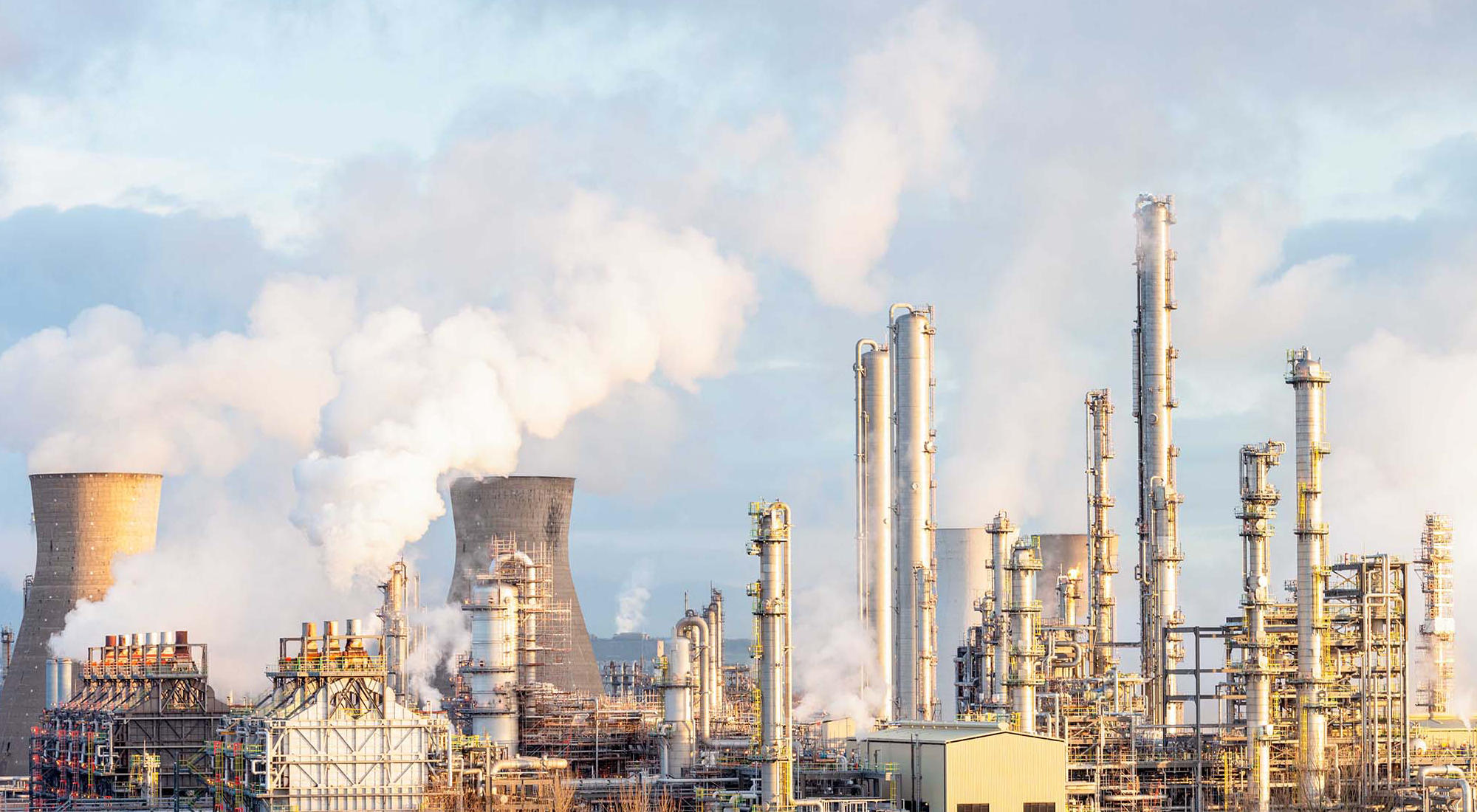Southeast Asia's commercial aviation sector is poised for growth
Despite rising geopolitical risks, intense competition and mounting cost pressures across Southeast Asia, its commercial aviation sector is poised for significant growth. This expansion is expected to be driven by a rising middle class, increased disposable income and strong cross-border tourism and business travel. To accommodate growing passenger volume, several airport development projects are underway across the region, with Vietnam expected to take the lead, as well as significant projects in Thailand and Cambodia. While passenger traffic has finally rebounded from the lingering effects of the COVID-19 pandemic, the aerospace industry continues to face challenges in aircraft production and supply. This has limited the ability of regional airlines to meet projected fleet increases and retire ageing aircraft. Key constraints include unresolved global supply chain bottlenecks and production backlogs with traditional original equipment manufacturers (OEMs). In light of these challenges, there is an opportunity for alternative OEMs to play a larger role in bridging supply and production gaps.
Insolvencies are likely to impact D&O claims across the region
An expected increase in business insolvencies across the region will drive claims from stakeholders challenging management accountability and general fiduciary duties. Research indicates an average rise of 6% in the next calendar year, with the construction, real estate and retail-focused sectors among the most vulnerable. Pressure on boards of directors will come from multiple directions, including inflation surges, interest hikes, geopolitical uncertainty and, closer to home, supply chain disruptions/collapses. We also anticipate growth in cyberattacks, causing an unwelcome knock-on effect for the purchasing company. One solution to managing the risks will mean a likely increase in interest in trade credit insurance. More generally, there will be an ongoing increase in regulatory regimes in the region and greater scrutiny of business compliance.
Higher demand for electric vehicles is likely to result in an increase in product recalls/ product liability claims
Attractive government incentives, falling prices and a global focus on decarbonisation is resulting in an ever-increasing demand for electric vehicles (EVs), with the United States and Europe in particular seeing significant growth in sales. In an attempt to meet this demand, new entrants to the EV manufacturing market are using developing technologies to produce EVs quickly and at significantly reduced prices. Production of EVs (and EV parts) is likely to remain predominantly in Asian jurisdictions such as China, Taiwan and South Korea, requiring them to continue to balance this high demand against the increasingly stringent safety standards of the West. While the EV manufacturing market continues to develop rapidly, we anticipate an increase in product recalls and product liability claims, particularly in the United States and Europe. With many EV manufacturers supplying parts to multiple car manufacturers, the risk of significant claims arising out of a product defect substantially increases. In light of this rise in EV-related product recalls and product liability claims, we are seeing insurers taking a more cautious approach to risk by offering higher premiums or different terms for those products sold to the United States and Europe.
Developments in AI will lead to more sophisticated cyberattacks
With the advancement of AI, we expect to see an increase in the sophistication of cyberattacks. Gone are the days of simple phishing emails sent to unwitting employees asking them to change their password, which often contain obvious errors that are easily detected. Threat actors are now using AI to create sophisticated attempts, such as deepfakes, to deceive employees into handing over their credentials. One recent example was an employee who transferred large sums of money following receipt of a deepfake video showing the company's senior executive instructing employees do so. We also anticipate that threat actors will use AI to assist with password decoding and data mining of large datasets to determine the value of the data that they have accessed and possibly exfiltrated. Datasets that were traditionally thought to be difficult to translate in Asia, e.g. Japanese or Korean, can now be easily and accurately translated with the improvement in AI-assisted translation tools. As a result, we anticipate that through the use of AI, attacks based on deception and abuse of confidence will become more sophisticated and increasingly convincing, which is likely to result in an increase in cyber claims of this nature.
Climate change will impact renewable projects and result in increased claims
Asia has significant potential to develop solar photovoltaic (PV) and wind projects and there continues to be scope for them to comprise a greater share of the region's electricity generation. However, climate change may hamper such developments due to the increased threat of extreme heavy rainfall, heatwaves, typhoons/cyclones and earthquakes. For example, in March 2025, a 7.7 magnitude earthquake struck many countries including Myanmar, Thailand and China's western regions (including Yunnan and Inner Mongolia) which are core areas of PV production, causing disruptions to the production of solar energy. With almost 50% of installed solar PV and hydropower projects, over 40% of wind turbines and more than 20% of the grid infrastructure of Southeast Asia situated in cyclone/typhoon/earthquake prone areas, the damage caused by extreme weather is likely to place an increasing strain on the ability to produce renewable electricity in the region. As a result, we anticipate an increase in claims for property damage, delays in the construction of new projects, and financial losses relating to system failures and power outages.




